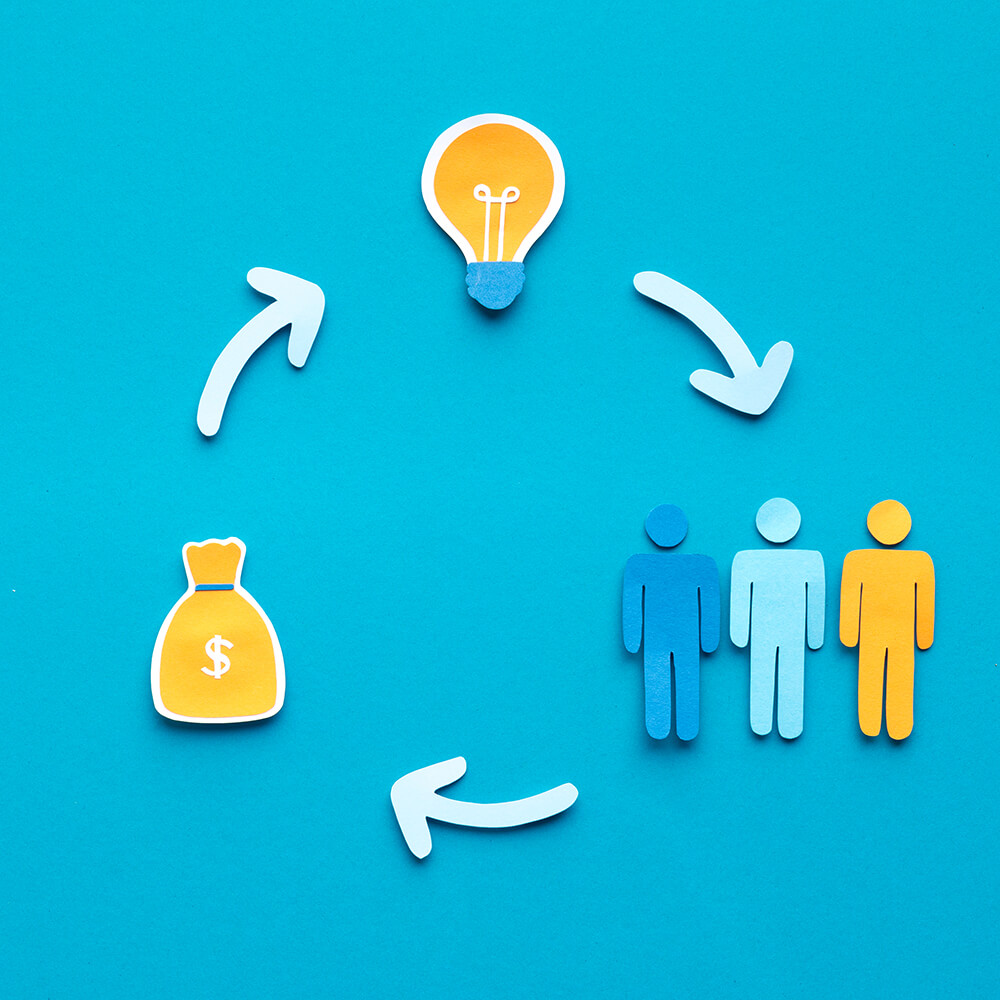Brand deals and sponsorships have become an increasingly popular way for companies to reach their target audience. From athletes to social media influencers, newsletters to podcasts, brands are constantly looking for new and innovative ways to promote their products and services. In this post, we’ll take a closer look at how brand deals and sponsorships work, and how creators can protect themselves while conducting these deals. Athlete Sponsorships Athlete sponsorships are a form of brand deal where companies pay athletes to use and promote their products. These sponsorships are particularly popular in sports where athletes have a large following, such as basketball, football, and soccer. The athlete may wear the company’s logo on their clothing or equipment, or they may create content promoting the product on their social media channels. Action sports have long been a popular platform for brands to promote their products and services, and many athletes in these sports have secured lucrative sponsorship deals. Here are some examples of successful action sport sponsorships: Red Bull and Freestyle Motocross: Red Bull has been a major sponsor of Freestyle Motocross for many years, hosting events such as the Red Bull X-Fighters and sponsoring top riders like Travis Pastrana and Josh Sheehan. The energy drink company has created a strong connection with the sport and its audience, providing exposure and financial support to the athletes. Burton Snowboards and Professional Snowboarders: Burton Snowboards is one of the most well-known brands in snowboarding, and has sponsored some of the top riders in the sport such as Shaun White, Terje Haakonsen, and Mark McMorris. In addition to providing equipment, Burton has also collaborated with these riders on signature lines and events, further solidifying their relationship. Nike and Skateboarding: Nike has made a significant investment in the skateboarding industry in recent years, sponsoring top skateboarders such as Paul Rodriguez and Eric Koston, and even creating its own skateboarding division. Through its sponsorship deals, Nike has been able to expand its reach into the skateboarding community and establish itself as a major player in the industry. Monster Energy and BMX: Monster Energy has been a major sponsor of BMX events and athletes, sponsoring the annual Monster Energy BMX Triple Challenge and top riders such as Pat Casey and Kevin Peraza. The energy drink company has used its sponsorship deals to gain exposure in the BMX community and connect with fans of the sport. When it comes to action sports sponsorships, it’s important for both brands and athletes to carefully consider their partnerships. Brands should choose athletes that align with their values and target audience, while athletes should only accept sponsorships from brands they believe in and trust. It’s also important for both parties to have clear expectations and communication throughout the sponsorship process, including details on compensation, deliverables, and timelines. For athletes, sponsorships can be a lucrative source of income. However, it’s important for athletes to be selective about the brands they partner with. They should only work with brands that align with their values and image, and they should ensure that the terms of the sponsorship are fair and reasonable. Newsletter Sponsorships Newsletter sponsorships are a form of brand deal where companies pay newsletter creators to promote their products or services in their newsletter. Newsletters have become an increasingly popular way for companies to reach their target audience as they provide a direct line of communication with subscribers. For newsletter creators, sponsorships can be a great way to monetize their content. However, they should ensure that the products or services they promote align with their brand and that they disclose any sponsored content to their subscribers. This can help to build trust with their audience and ensure that their readers are aware of any potential conflicts of interest. The Morning Brew, a daily business newsletter, has over 4 million subscribers and is known for its witty, conversational tone. The newsletter includes a section called “Top News” where readers can catch up on the latest business news, and it also includes a section called “Latest from The Brew” where the newsletter promotes its own content, such as its podcast or paid subscription service. The Hustle, a daily tech and business newsletter, has over 2 million subscribers and is known for its engaging content and quirky brand personality. The newsletter includes sections such as “The Hustle Standard” where it highlights a successful entrepreneur, and “Sh*t to Know” where it provides quick and informative snippets of news. Both of these newsletters have successfully integrated sponsored content into their newsletters without disrupting the reader’s experience. For example, The Morning Brew has featured sponsored content from companies such as Mastercard, Citi, and Betterment, while The Hustle has worked with companies such as Microsoft, IBM, and Nike. In terms of industries that have successfully utilized newsletter sponsorships, the tech and business sectors have been particularly successful. Companies in these industries are often looking to reach a specific audience of entrepreneurs, business professionals, and investors, and newsletters offer a targeted and engaged audience. However, newsletters can be effective in a variety of industries. For example, food and lifestyle newsletters can be a great way for brands in the food and beverage industry to promote their products to a receptive audience. Newsletters focused on travel and leisure can be a valuable platform for hotels and resorts looking to promote their properties. For creators looking to secure newsletter sponsorships, it’s important to create a newsletter with a clear and consistent brand identity. By building a loyal subscriber base and establishing a strong brand identity, creators can attract brands that align with their niche and audience. Creators should also be transparent with their subscribers when featuring sponsored content. By clearly labeling sponsored content and ensuring it aligns with the brand’s values and message, creators can maintain their credibility with their subscribers. In terms of pricing for newsletter sponsorships, creators can charge based on the number of subscribers or the reach of the newsletter. Some creators may also charge a flat rate per sponsored
Category: Event Sponsorships

Sponsorship Marketplace & Social Network connecting Brands with Content Creators, Influencers, Newsletters, Podcasts, Athletes, Events & more.
About
Quick Links

